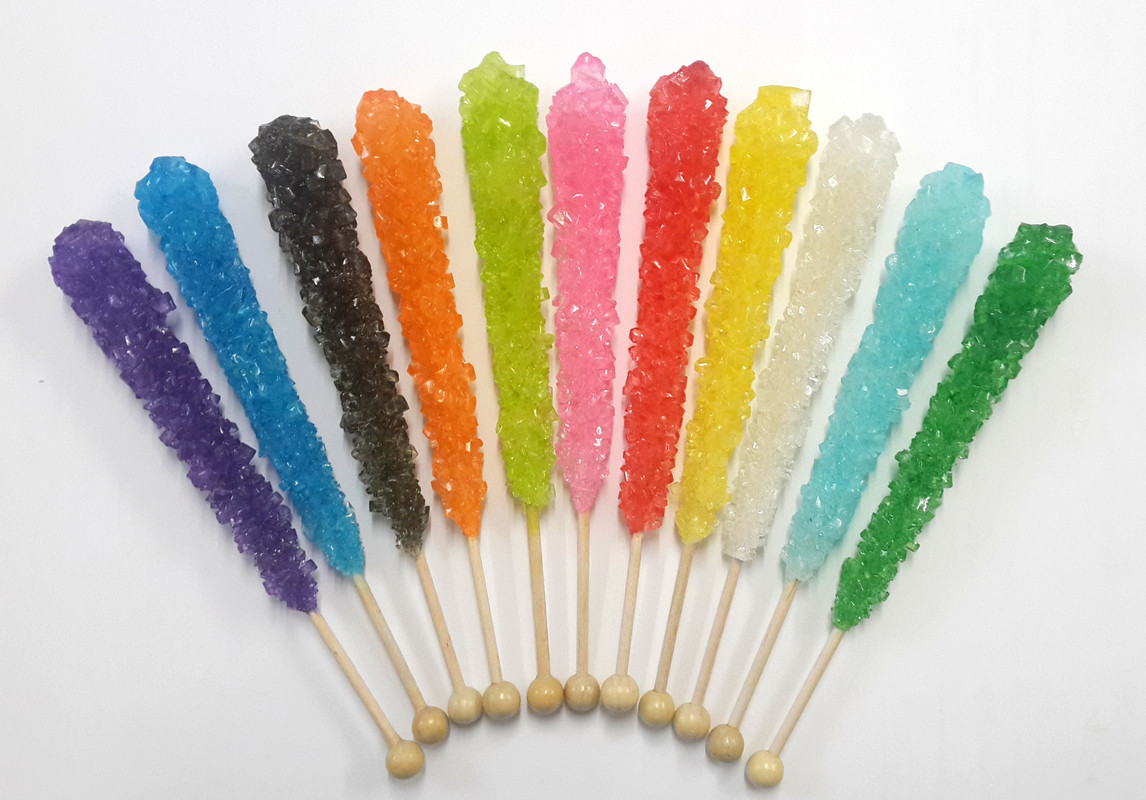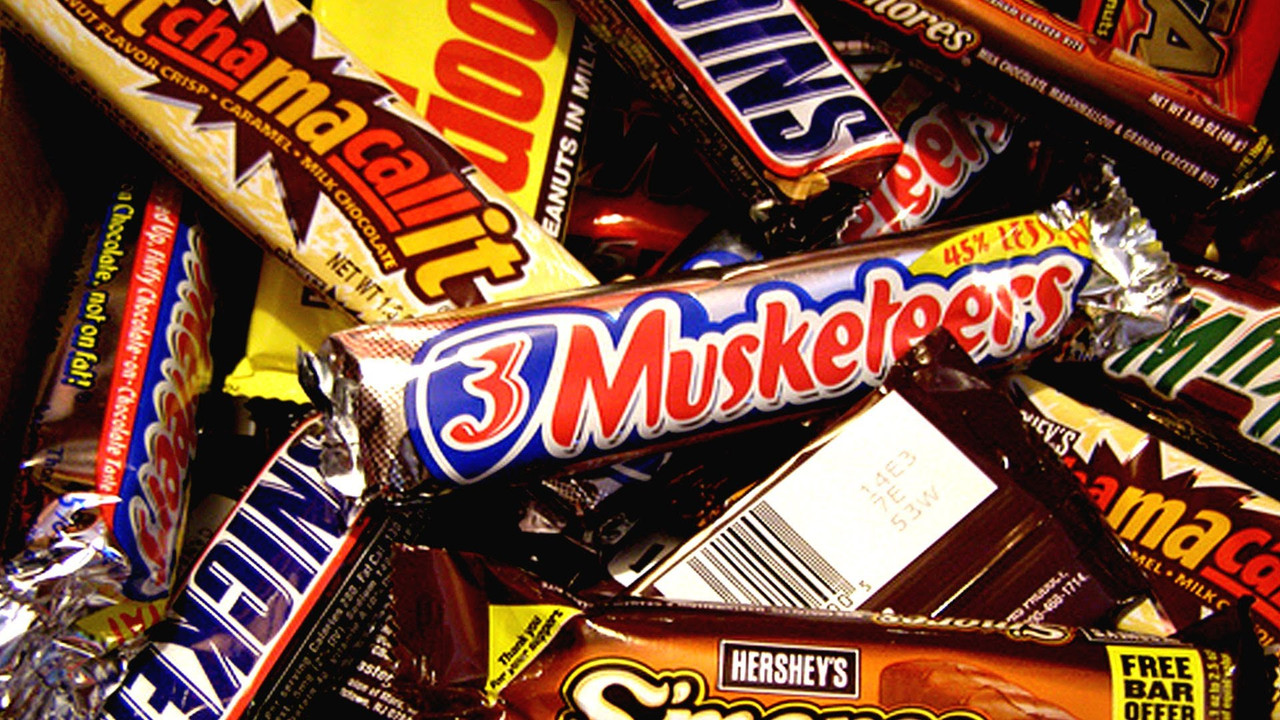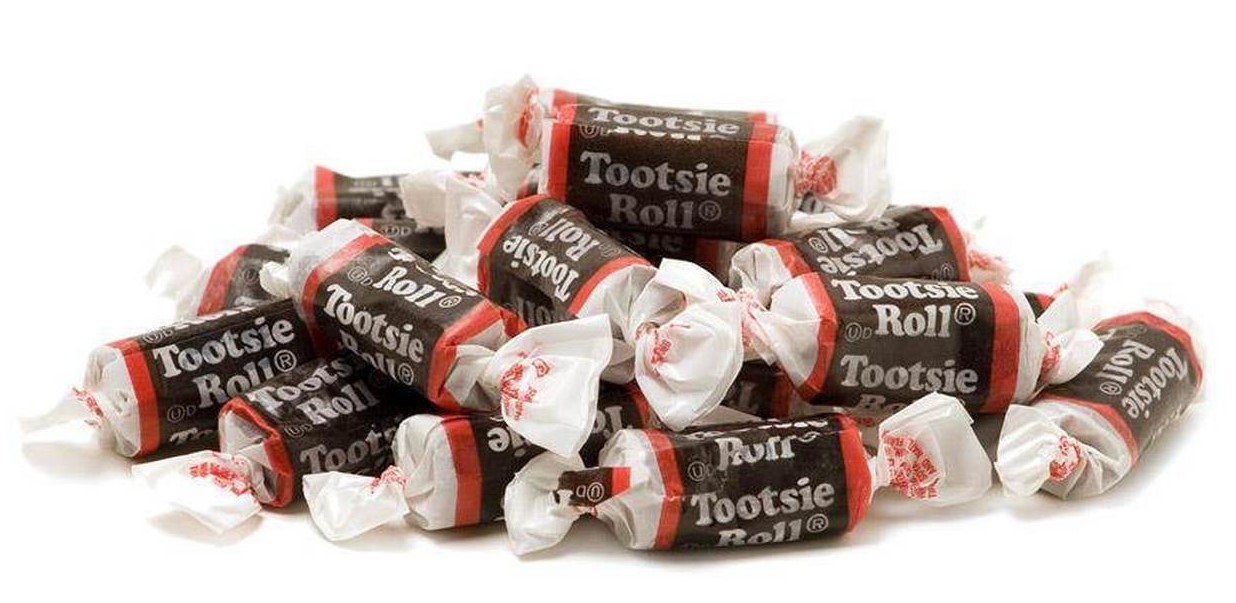From fruits and nuts rolled in honey to cotton candy, we’ve definitely come a long way in the process of candy making. With today’s technology, we now have the ability to create candy faster and easier than ever before. Let’s look at major timelines in candy development.
Sugar is the baseline of most every sweet. Sugar was first created in the middle ages but was way too expensive for most people. Candy was not a luxury most people had; in fact, it was mostly used as a medicine. By the 17th century, candy was more popular and we had factories by the 19th century to create it. Our basic rock candy was one of the first candies popularly sold. Candy began to be marketed towards children in the form of penny candy around 1830.

The chocolate bar was first created in 1847 when cocoa powder and sugar was made into a bar. John Cadbury then created his line of chocolate bars in 1849. Nestle and Peter added milk to the recipe for the first milk chocolate bar a little later on. Chocolate bars saw a huge boom in sales during World War 1 because they were being bought in large amounts to ship overseas to the soldiers who, when they came back home, continued buying them. After the war, many more chocolate varieties were created.

I have to include a bit about cotton candy because it’s amazing. No one knows for sure who first created the spun sugar known as cotton candy which has quickly become a popular treat at carnivals and the like. It was first sold to the public in 1897 after being created by, of all people, a dentist! It was sold at the World Fair as Fairy Floss! Funny enough, another dentist created the second cotton candy machine and changed the name from Fairy Floss to Cotton Candy.

Tootsie Rolls are a rather important sweet because they were used heavily as a part of ration packs during wars. Tootsie Rolls won’t melt in hot weather, whereas regular chocolate will, so they were quite popular and much easier to store than chocolate.

Lollipops have quite a history as there’s no real start date of them. It’s known that when honey was the main ‘candy’, people would put it on wood and lick the hardened honey. As time went on and sugar came about, lollipops came around and were sold in street vendors in London. Again, lollipops were popular as candy in wars because they too do not melt. Now with machines, millions are made each day.

Gum drops are a fairly new kind of candy, having been made in the 19th century though no one knows for sure by whom or the exact date as is the case with many candies. A candy maker from Ohio, in 1915, made what we consider a modern gum drop. The name dates back later though to 1860 when it was listed as a candy that was being sold in a magazine.

Today many candies are still being created and improved upon. We, of course, have the benefit of modern technology and machines to further help us on our never ending candy quest!
